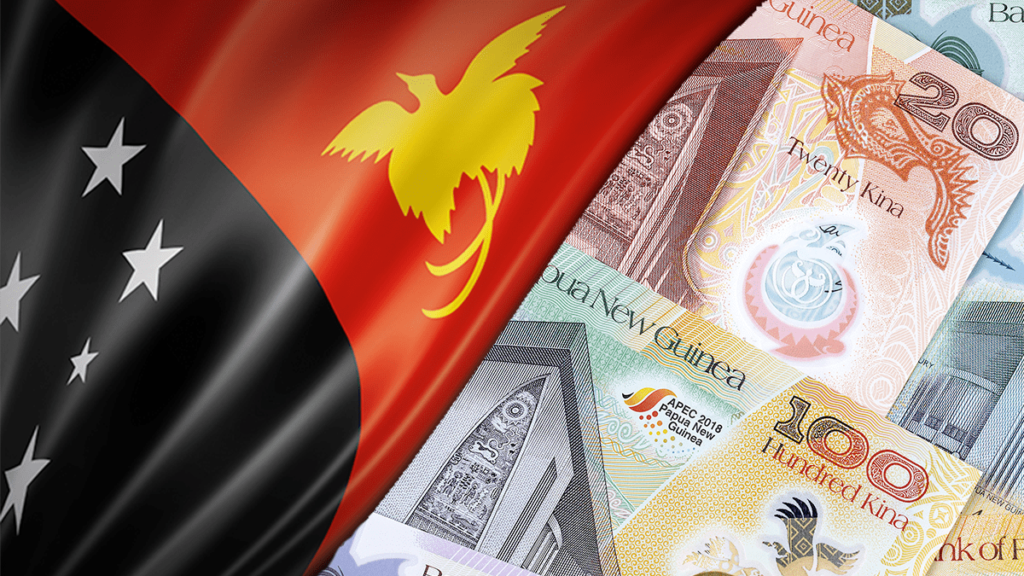The Implications of the Devaluation of the Papua New Guinea Kina

Imagine you’re a shopkeeper in Papua New Guinea (PNG). You sell imported goods, buying them with the Kina, PNG’s currency. When the Kina “devalues,” it’s like a shrinking measuring cup. Yesterday, one Kina could buy a cup of rice; today, it only gets you half. This happens when PNG’s economy isn’t doing well, or the world values its money less.
So, now your goods are pricier because your “measuring cup” shrunk. People must spend more Kina for the same goods. It’s bad news for locals as their cost of living rises. This might even cause inflation—a general increase in prices.
But it’s not all doom and gloom. Imagine now you’re a farmer exporting bananas to Australia. With the Kina devalued, Aussies can buy more bananas with their dollars, making your bananas popular! This can boost PNG’s exports.
Still, there are trade-offs. Imagine a PNG business wanting to build a factory with American machinery. With the Kina devalued, they need more Kina for the same dollar-priced machine, potentially deterring investment.
Lastly, think of PNG as a person who borrowed money from a friend overseas. The debt is like a heavy sack the person must carry. If the Kina devalues, the sack feels heavier—it takes more Kina to repay.
The shrinking Kina is a mirror reflecting PNG’s economic health. It has diverse effects—some bad, some good. It’s a complex issue influenced by many factors.